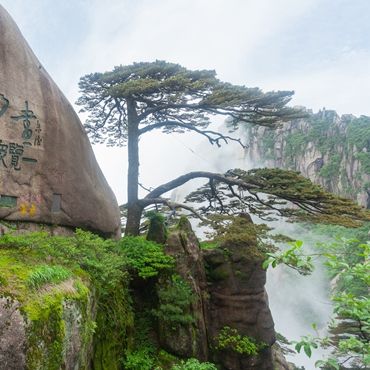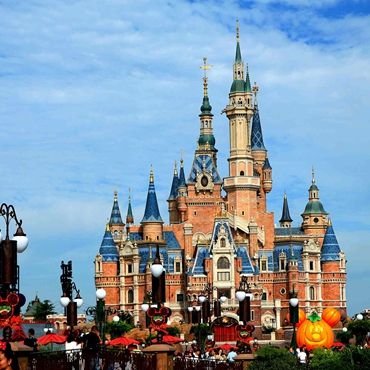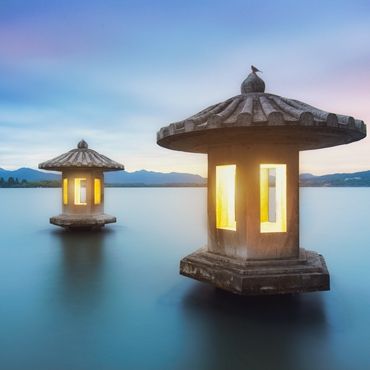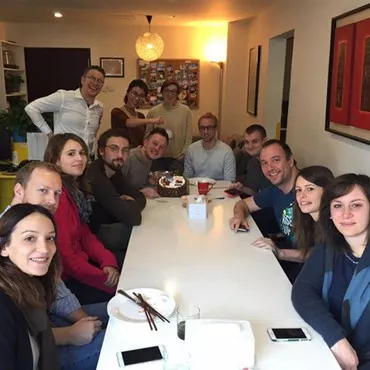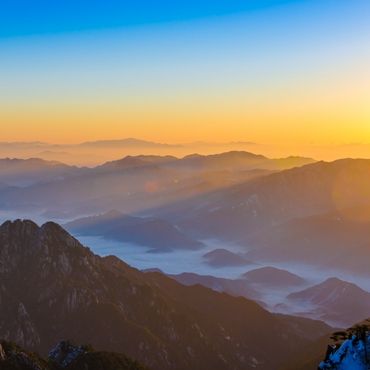The Bund
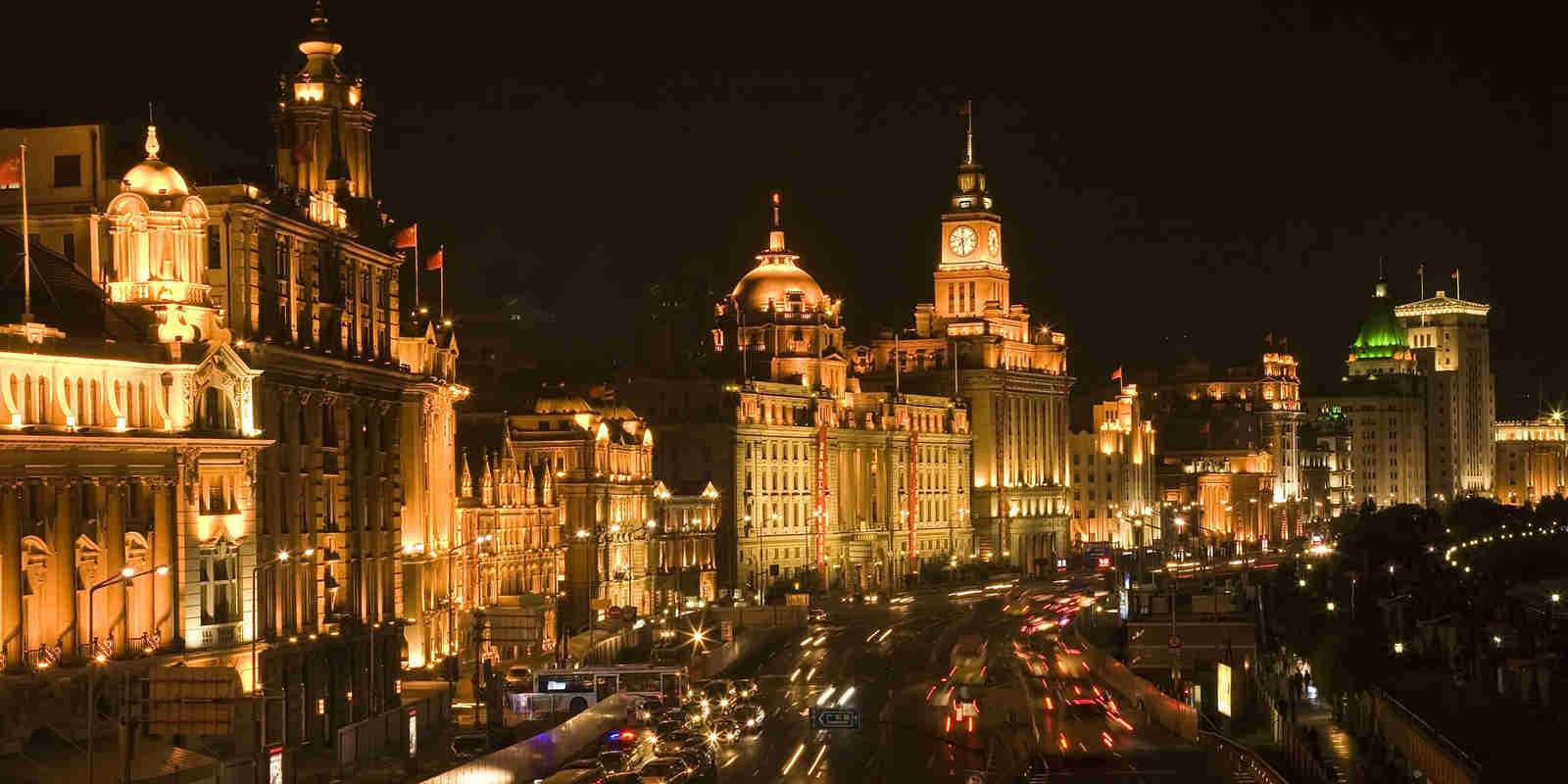
No. 12, The Bund, is also known as No. 12 Zhongshan East Road. It was once the location of the famous Hui Feng Bank. Built in 1923, this square-shaped building has five vaults and features a distinctive circular roof in the style of ancient Greece, with a half-spherical dome on top. The building is made of steel and is elaborately decorated, including a specially designed reception hall. The British builders of the structure were immensely proud of this creation, with some even calling it “the most exquisite building from the Suez Canal in the east to the Persian Gulf in the west.”
Walking along Zhongshan East Road, you can feel the grandeur and solemnity of the area, as if the Bund is a showcase of architectural excellence. Some say that the Bund is, in fact, "an architectural exhibition." If the architectural district of the Bund were a gallery, the rest of the area would be a showroom. In the early mornings, the Bund becomes a place for locals to exercise and enjoy the fresh air. By day, the historic buildings stand in harmony with the scenic beauty of the Huangpu River and the futuristic skyline of Pudong, making it a favorite spot for tourists. At night, the city lights bathe the Bund in a vibrant glow, enhancing its beauty. The old buildings along the riverbank stand in contrast to the modern skyline, which includes iconic structures such as the Oriental Pearl Tower and the Jin Mao Tower, creating a stunning view that never fails to leave visitors in awe.
On the eastern side, the Bund borders the Huangpu River, while on the west, 52 buildings line the street, each with its own architectural style—Gothic, Baroque, Romanesque, Renaissance, Classical, and a fusion of Eastern and Western elements. Although these buildings were constructed at different times and in varying styles, their overall design is remarkably harmonious, with each structure complementing the others.
The Bund, named after the desolate beach that once lay outside the old city of Shanghai, has become one of the city's most iconic landmarks. If you haven’t visited the Bund, then you haven’t truly seen Shanghai. The Bund symbolizes the city itself; it is a microcosm of Shanghai's history and growth.

